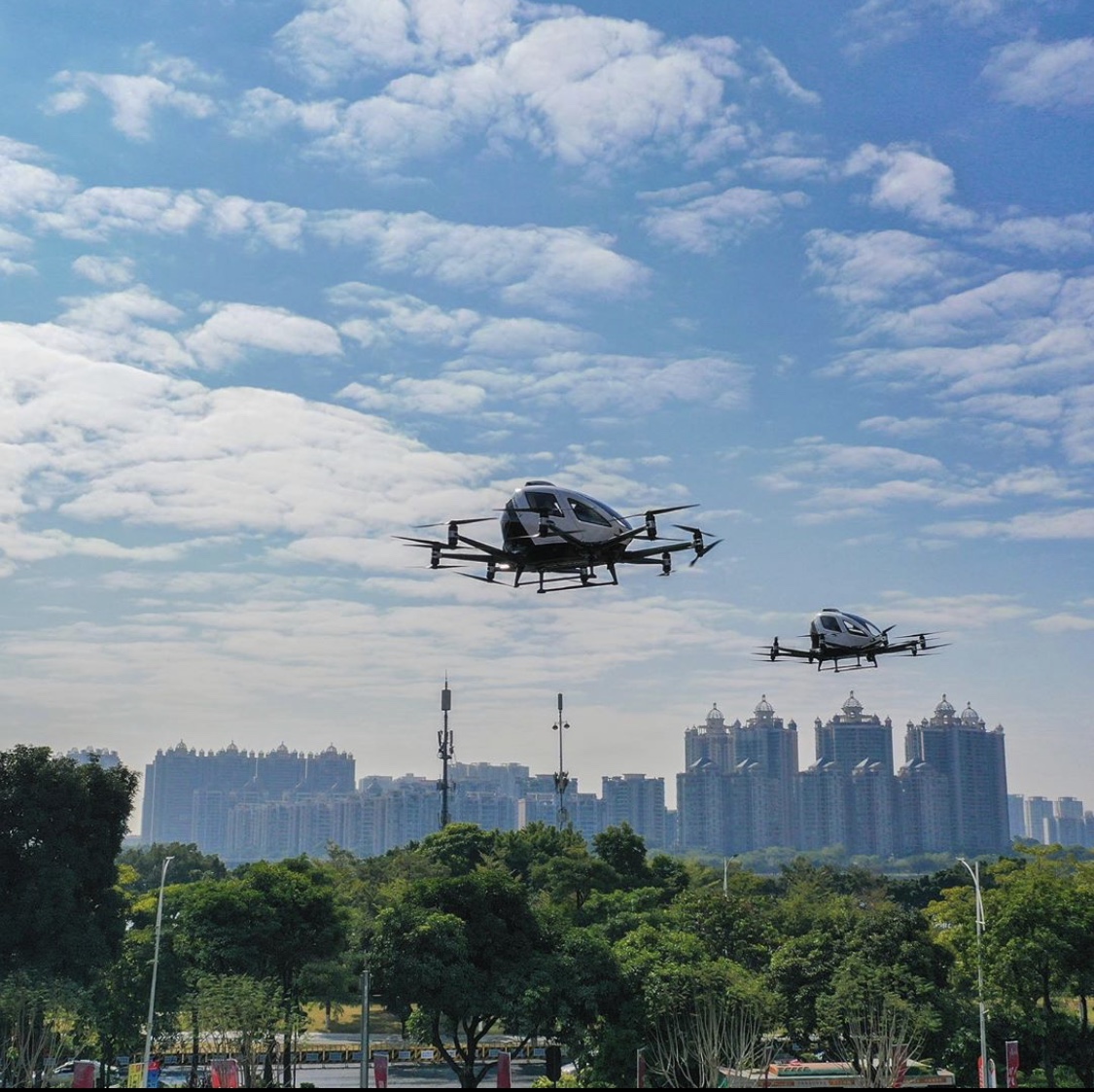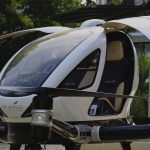According to Mexico News Daily, a Tulum-based real estate developer will bring the first passenger drone to Mexico before the end of the year.
Nico Wilmes, CEO and co-founder of the company Los Amigos Tulum, told the newspaper El Economista that the plan is to offer scenic flights over the Sian Ka’an biosphere reserve as well as lagoons, cenotes and archaeological ruins located in and around Tulum, Quintana Roo.
“Everyone goes to Tulum for [new] experiences and this will be part of that,” he said.
The flights will take off from the company’s Panoramic residential development, which opened in May, and the Central Park Lagunas development, which is currently under construction and slated to open in 2020. The latter will feature Mexico’s first landing pad for passenger drones.
Wilmes, who moved to Mexico from Germany 10 years ago, said that after he became aware of Chinese passenger drone manufacturer EHang, he went to China to see the unmanned aerial vehicle with his own eyes, take a flight and purchase one.
“. . . We’ve managed to become the first company that will bring this passenger drone to Mexico . . . currently these drones only operate in China and Austria,” he said.
Wilmes explained that the EHang 216 flies autonomously, without the need for a pilot, and uses electrical energy.
“It’s like an electric car and here in Tulum we produce a lot of renewable energy with our solar plants . . .” he said.
The drone is made out of carbon fiber and epoxy, has 16 small motors, supports up to 630 kilograms and can reach speeds of 130 kilometers per hour. It also has built-in safety controls and an automatic landing system.
Ehang says the aircraft is able to take off autonomously, fly a route, sense obstacles and land. If anything goes wrong, a human pilot steps in and takes over the controls from a remote station.
The EHang currently costs around US $340,000 but the company hopes to eventually reduce the price to around $110,000.
“The idea is that in the future [traveling in] this vehicle will be much cheaper than a taxi because in a taxi you pay for gas, the driver and maintenance due to the wear and tear of the car . . .” Wilmes said.
The CEO said that in the future, passenger drones could be a solution to traffic congestion in Mexico’s large cities.
To that end, Wilmes plans to visit several cities around the country in 2020 to talk about the viability of introducing passenger drones.

“We want to show that the Chinese are already flying [in passenger drones], that this is a reality. We’re committed to teaching about it and it will be up to Mexicans to decide what they will do with this technology . . . With a long-term vision and a lot of innovation, it will have a productive and positive impact,” he said.






Comments are closed.